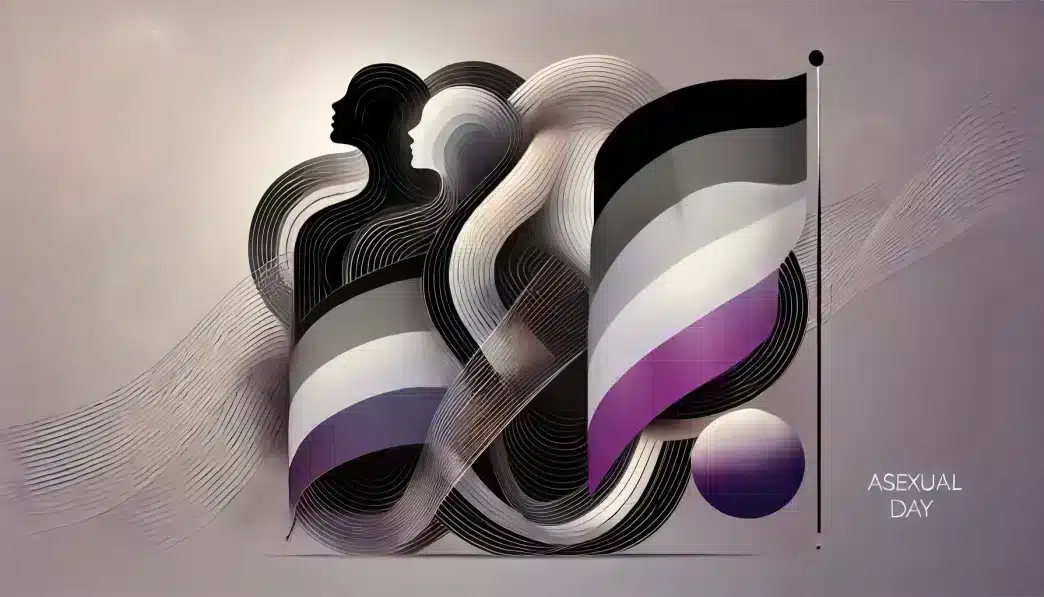What is International Asexuality Day?
International Asexuality Day (IAD) is observed annually on April 6 to promote awareness and understanding of asexuality and its spectrum, which includes identities such as demisexuality and grey-asexuality. Established in 2021, IAD focuses on advocacy, celebration, education, and solidarity. It serves as a global initiative to support asexual individuals and highlight the unique challenges and experiences of those who identify under the asexual umbrella.
History and Origin
The first International Asexuality Day was celebrated on April 6, 2021, as part of a coordinated effort by international asexual organizations. The date was chosen to avoid conflicts with other major LGBTQ+ awareness days and to maximize global participation. IAD aims to provide a dedicated space for asexual people to share their stories, combat misconceptions, and celebrate their identities without being overshadowed by broader LGBTQ+ events. Since its inception, it has gained recognition within queer communities and continues to grow as an annual observance.
Who Celebrates International Asexuality Day?
- Asexual individuals: People who identify as asexual or under the ace umbrella, including demisexual and grey-asexual individuals.
- LGBTQ+ communities: Broader LGBTQ+ groups participate to show support and foster inclusivity for ace members.
- Allies and advocates: Friends, family, and supporters of asexual individuals who raise awareness and promote understanding.
- Educators and organizations: Schools, universities, and LGBTQ+ organizations that host events and provide educational resources.
- Online communities: Social media groups and forums that use the day to spread knowledge and amplify ace voices.
Slogans and Themes
International Asexuality Day focuses on awareness, acceptance, and representation. Common slogans include “Asexuality is Valid,” reinforcing the legitimacy of ace identities; “Visibility, Not Erasure,” advocating for increased recognition of asexual people; and “Ace and Proud,” celebrating asexuality as a valid and beautiful identity.
Colors, Symbols, and Patterns
Colors
- Black: Representing asexuality, as seen in the asexual pride flag.
- Grey: Symbolizing the asexual spectrum, including demisexuality and grey-asexuality.
- White: Representing allies and non-asexual individuals who support the community.
- Purple: Signifying community and unity within the ace spectrum.
Symbols
- Ace Pride Flag: A four-striped flag in black, grey, white, and purple representing the asexual community.
- Ace of Spades and Ace of Hearts: Frequently used as symbols of asexual and aromantic identities, respectively.
- Infinity symbol: Often incorporated to represent the diversity and spectrum of ace identities.
Patterns
- Striped designs: Reflecting the asexual pride flag’s colors and meaning.
- Hearts in ace colors: Representing love and connection in ace relationships.
- Abstract wave patterns: Symbolizing the fluidity and diversity of ace experiences.
Most Used Hashtags
- #InternationalAsexualityDay
- #AsexualVisibility
- #AceAwareness
- #AsexualPride
- #AceAndProud
How to Celebrate International Asexuality Day
- Educate yourself and others: Read articles, books, or watch documentaries about asexuality.
- Share ace experiences: Use social media to amplify the voices of asexual individuals and challenge misconceptions.
- Host discussions or events: Organize community panels, online talks, or in-person meetups about ace identity and representation.
- Support ace organizations: Donate to or volunteer with groups that advocate for asexual rights and awareness.
- Display ace pride: Wear ace pride colors, share informational graphics, or use ace-themed decorations in support of the community.
Why is International Asexuality Day Important?
International Asexuality Day is crucial for increasing awareness, acceptance, and representation of asexual individuals in society. Asexual people often face erasure, misunderstanding, and a lack of visibility within both LGBTQ+ and mainstream communities. By celebrating IAD, people can challenge stereotypes, provide support, and foster a world where ace identities are fully recognized and respected.
Asexuality is valid, and International Asexuality Day ensures that ace voices are heard, acknowledged, and celebrated.
Features
Contact Info
April 6: Asexuality Day (IAD)
Why do you keep falling for the same type?
Read the article Lovemaps: the hidden blueprint of our love.

